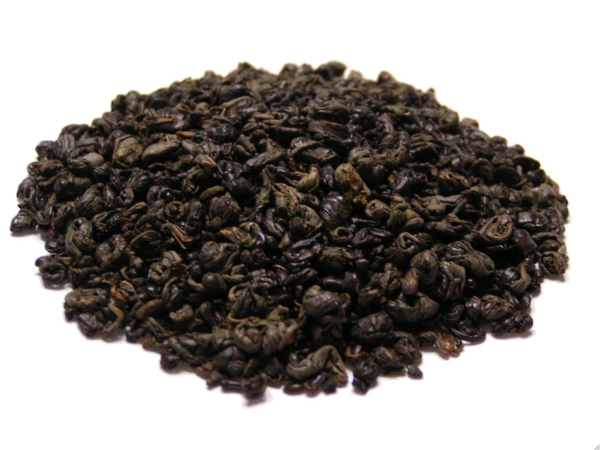Used as far back as Ancient China, gunpowder has had a long history, and applications for everything from warfare to fireworks displays. The processes and technology involved in using gunpowder for explosions and fireworks displays has changed considerably over time, but still retains some basic principles and ingredients. What, then, are the origins of gunpowder, and how has it developed over time into something that is used all over the world?
Gunpowder first emerged in Ancient China in around the 9th century as part of attempts by alchemists to find elixirs capable of achieving immortality. Different techniques were used, with a greater mastery of how to mix nitrate coming by the Song Dynasty. The Mongol armies used crude forms of gunpowder as an important attack plan, with gunpowder’s effectiveness in battle helping it to spread to other parts of the world. By the 12th century, gunpowder was a crucial part of arsenals in the Far East, able to terrify opposing forces, and to be used to blow up fortifications, while also being employed to attack soldiers.

The use of gunpowder spread during the medieval era to the Middle East, where it was employed by Genghis Khan as part of war strategies. Refinements to different gunpowder formulas were also produced within India, while the use of sulphur and nitrate in Europe expanded by the 14th century as part of an arms race between warring countries. Adding liquid to gunpowder combinations particularly helped to reduce the risk of explosions, as did granulations that allowed for standardisation.
While most applications of gunpowder were for the military, and by the 16th century for the creation of more elaborate muskets, gunpowder was also used for elaborate fireworks shows. Having been a part of fireworks displays in China, Renaissance-era Italian firemakers experimented with using gunpowder to produce dazzling fireworks. Some notable uses of gunpowder including the plot to bring down the English Monarch in the early 17th century by Catholic conspirators, with the ‘Gunpowder Plot’ involving the use of large stores of gunpowder to try to blow up the Houses of Parliament.
Further chemical innovations and refinements of the safety features of gunpowders allowed for the mass production of weapons by the 18th and 19th centuries. Particularly important was the refinement of nitrate, and developments in oxidisation that made gunpowder, in its inert state, less flammable. Scientists like Henri Braconnot and Ascanio Sobrero also developed new formulas and additives to gunpowder, while smokeless powder helped create better guns.
The modern uses of gunpowder are, however, broadly similar to how it has been used over the centuries. Gunpowder is still used as part of weaponry, as well as a key ingredient in fireworks, albeit with flash powder added by modern manufacturers to create the explosions and bangs that we see during a display. Other, more unusual uses of fireworks over time have, however, included seasoning for food at sea (probably not very appetising), tattoos, and sterilisation. Various attempts have also been made to use gunpowder for internal combustion engines, albeit with little success.
Rob James loves firework displays, and researching the global history of fireworks. He can often be found blogging about the history of fireworks, how they work and safe use.
The History Of Gunpowder

